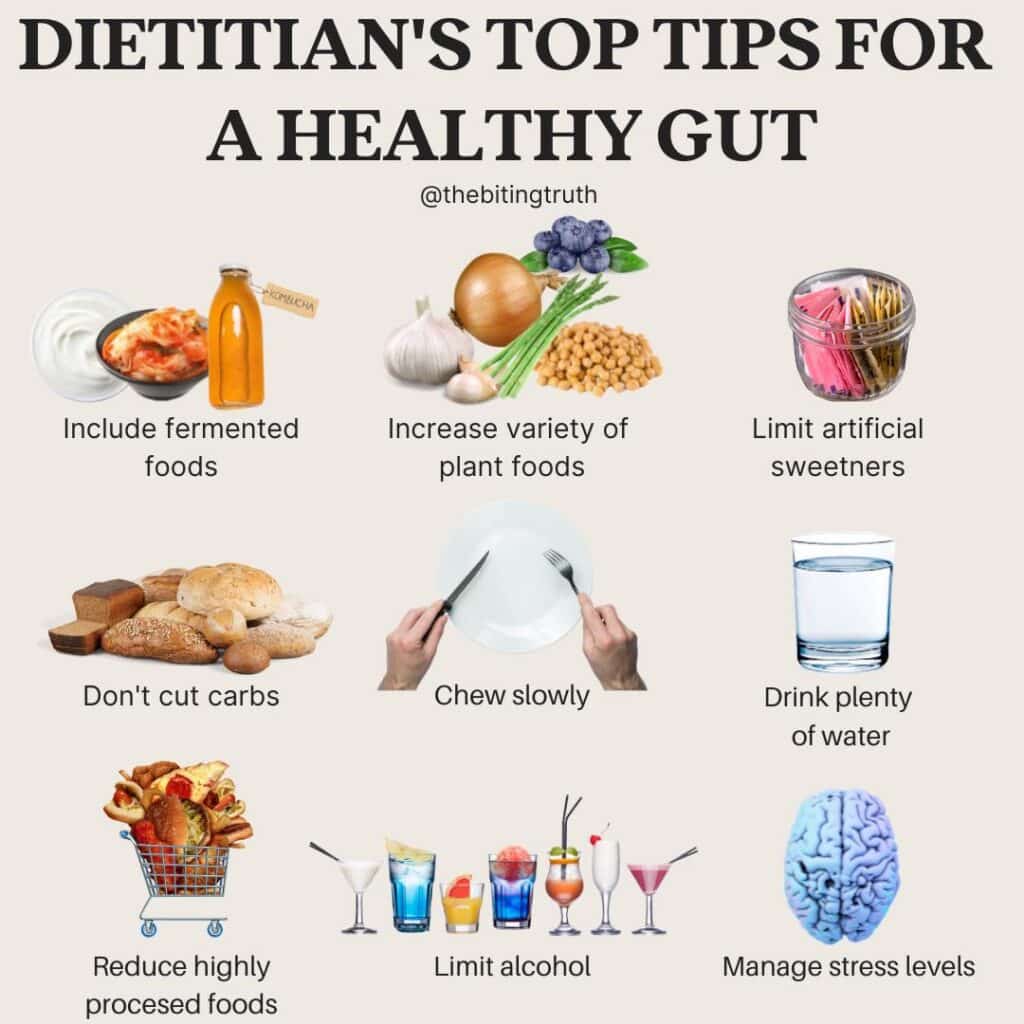Free shipping for orders over $80
Free shipping for orders over $80
Are you putting off your routine cholesterol check with your doctor because you’re scared of what you might see?
You’re not alone.
More than 1 in 8 Aussies have high blood cholesterol, an increase of over 6% in the last ten years.
Read on to learn about the role of cholesterol in the body, the different types of cholesterol and tips to lower your levels for overall health and wellbeing.
Cholesterol is a substance produced by the liver and although we most often hear it in a predominantly negative context, cholesterol plays an important role in hormone production, cellular functioning and actions of the nervous system. We require small amounts of cholesterol to perform these important bodily functions. However, when excessive levels accumulate in the body, we can begin to experience negative consequences.
“Bad” cholesterol is known in the medical world as LDL (low-density lipoprotein) cholesterol. Excess consumption of LDL cholesterol builds up in the bloodstream over time, leading to fatty deposits in blood vessels known as atherosclerosis. This causes blockages and increases the risk of heart disease and stroke.
“Good” cholesterol is known as HDL (high-density lipoprotein) cholesterol. When HDL cholesterol reaches the bloodstream, it absorbs excess cholesterol from the blood and delivers it back to the liver for excretion. Regularly consuming foods rich in HDL cholesterol such as avocado, oily fish and nuts and seeds is important, in order to cleanse the bloodstream of fatty deposits and lower the risk of heart disease and stroke.
In some cases, medication to help manage cholesterol levels is required. For the rest of us, we can make simple dietary changes to reduce our cholesterol by up to 10 percent.
The Mediterranean diet is a style of eating that focuses on:
The key benefit of this diet is that it is a flexible dietary pattern, rather than a list of individual foods that you can/cannot eat. It encourages a holistic style of eating with positive dietary habits, incorporating fresh and seasonal produce.
It limits foods high in saturated fats such as meat and baked goods.
One key component of the Mediterranean diet is that it is rich in foods containing plant sterols – such as oats, wholegrains and plant-based milks. These plant sterols work to block cholesterol uptake in the bloodstream, therefore minimising the risk of atherosclerosis.
The diet is also high in soluble fibre, which works to absorb LDL cholesterol in the bloodstream. Foods containing soluble fibre include nuts, seeds, legumes, fruits and vegetables.
Plant-based eating is another dietary pattern that has been proven to help reduce your cholesterol. This doesn’t mean a plant-only diet, but a plant-centric diet. They key here is to focus on increasing your consumption of plant-based foods, while decreasing your intake of animal products.
Forget five a day. A minimum of 7 to 10 serves, or two to three cups at lunch and dinner, will significantly increase your intake of key nutrients and dietary fibre and lower your total calorie intake, helping to support weight control.
Aim to include a wide variety of plant-based foods in your diet, focussing on different colours, shapes and textures. Set yourself a challenge of consuming 30 different plant-based foods each week for whole-body benefits including lowering cholesterol over time, enhancing mental health, improving digestion and for glowing skin.
—
Looking for more help when it comes to lowering your cholesterol levels and improving heart health?






